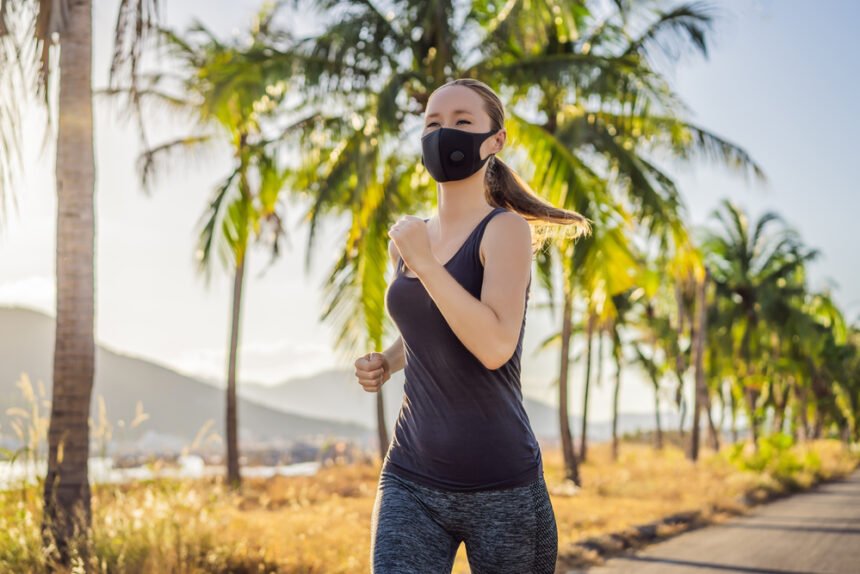Droplets and particulate matter, which are practically undetectable in our inhaled air, are two of the foremost dangerous healthcare problems in the workplace. To ensure you are protected from this threat, wearing a facemask is a must.
This is something that has been highlighted extensively over the past 12 months in light of the COVID-19 pandemic. Wearing a face mask has been one of the main lines of defense when it comes to protecting ourselves and others from the coronavirus.
With that being said, we’re going to look at face masks in more detail in this post.
Filtration Facepieces are classified as FFP1, FFP2, or FFP3, depending on their level of shielding from these threats.
Cloth face masks aren’t any more acceptable in many nations that have enacted stricter regulations and restrictions for face masks. Although a lot of individuals are cautious about wearing any type of face mask, surgical masks or clinical face masks are now becoming the norm for everyday wear.
Protecting Your Respiratory System Is Vital
Some toxic nanoparticles are cancer-causing or poisonous, while some affect the breathing function interaction for an extended period, resulting in significant health problems. It is important to limit the spread of these particles.
Filtration facepieces provide defence from watery viscous droplets, dust, and particulate matter in three different categories. The defensive capability complies with EN 149, the European Union’s safety standard.
Particulates-filtration partial masks, commonly referred to as micro-particle matter masks, are FFP1, FFP2 and FFP3.
What is the purpose of a respirator mask?
Filtering facepieces provide defence from air pollutants, dust, and hydrophilic mist (particles), but not vapour or air. FFP refers to “filtering facepiece,” and the three FFP categories make up the categorisation. The breathing mask is a mask that protects the nose and mouth and is made up of several filtration layers.
Respirator masks must be used if smoke, fumes, or nanoparticles are present in our inhaling air.
What is an FFP3 face mask?
FFP3 masks are similar to regular surgical masks, but they offer an additional layer of shielding from coronavirus spread. By wearing FFP3 masks, our body becomes protected from diseases like viral infections, germs, and other aqueous or hazardous granular particles.
The FFP1 filter has an 80 per cent minimum purification effectiveness, an FFP2 filter has a 94 per cent capacity, while FFP3 filters have a 99 per cent filtration performance towards aerosol contagious ailments.
Since the filtering layer is substantially stronger, FFP3 masks are perfectly contoured to your face for a more comfortable grip and often contain a reservoir to assist inhale.
Is it possible to reuse FFP3 face masks?
FFP3 face masks must not be recycled following usage since ‘contagious nanoparticles are not observable to the human vision and it is impossible to identify if your breather is infected,’ referring to ChemistClick.
When appropriate, acquire recyclable face masks. If you wish to recycle your FFP3 face mask, evaluate the cleanliness of it, or consider if you have come into direct interaction with somebody who has a virus. If so, you should not recycle that.
Where can I get FFP3 face masks?
FFP3 masks aren’t commonly accessible in regular stores, however, there are a few locations on the internet where you may get one.
Make sure you purchase from a reputable seller so you can be sure that the FFP3 masks are genuine.
Final Words
In this pandemic situation, we should follow SOPs to keep ourselves protected from coronavirus. FFP3 masks are safer and act as a shield against toxic air.
In addition, the FFP3 mask is better than FFP1 and FFP2 because of its filtration layers. You can have great peace of mind while wearing.

